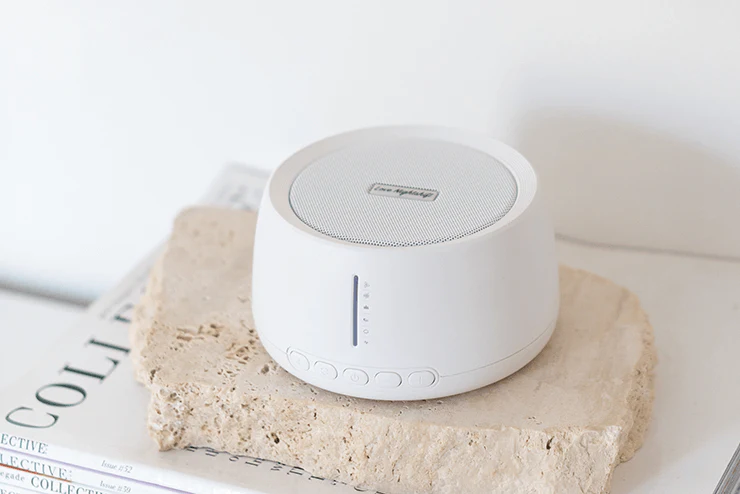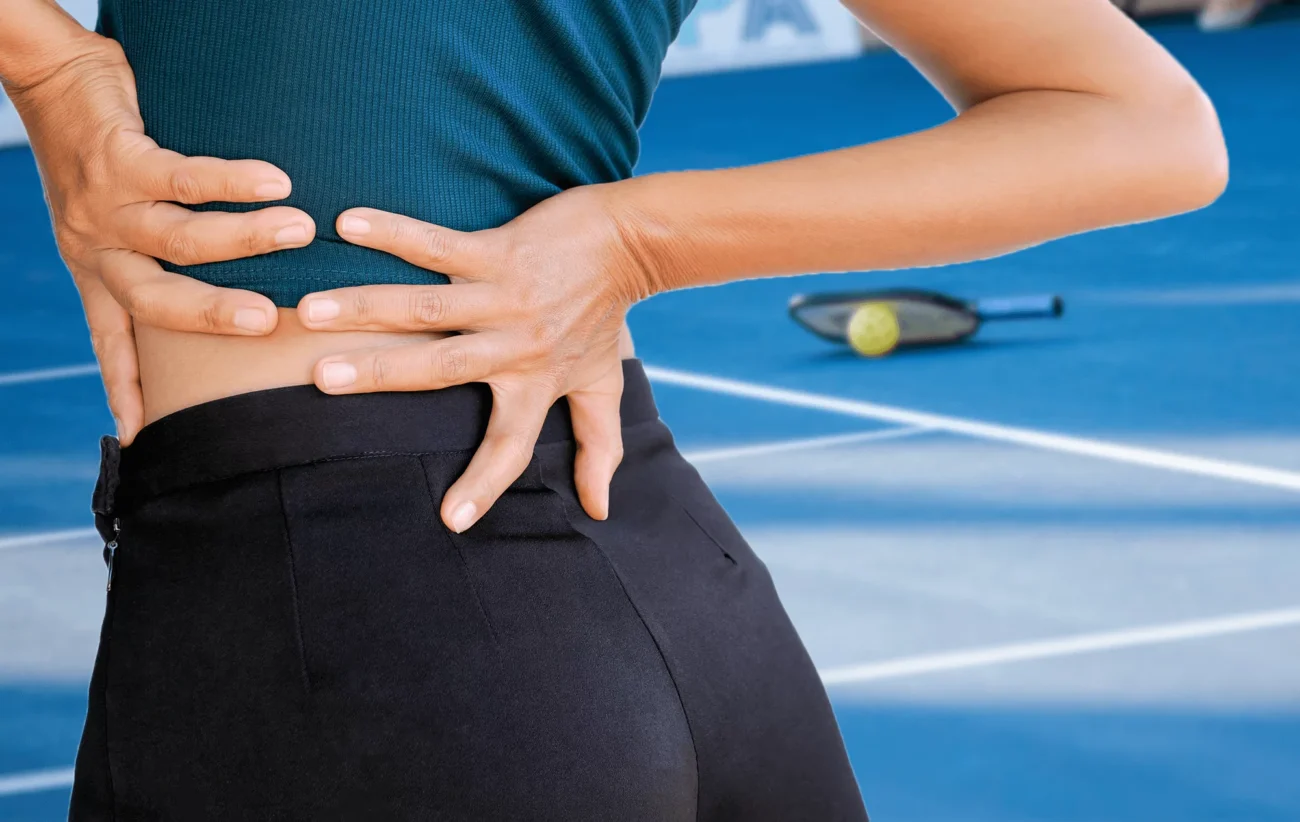Beginner’s Guide to Buying Container Homes
Thinking about shaking up the traditional concept of a home? Container homes might be just the right twist you’re looking for. These innovative homes, made from recycled shipping containers, are gaining popularity worldwide due to their affordability, sustainability, and unique style.
For those new to this exciting form of housing, a container home offers a novel solution to meet housing needs without the hefty price tag of conventional homes. They embody modern living with a minimalistic twist and can be customized to suit personal tastes and requirements.
But, like any home choice, they come with their unique set of considerations. If you’re curious about how to start your journey toward owning a container home, a modular home builder can provide invaluable expertise and insight.
Understanding Container Homes

As we delve deeper into what container homes actually are, it’s important to grasp how these robust structures, originally designed for ocean freight, are creatively transformed into cozy, inhabitable spaces.
What is a Container Home?
A container home is precisely what it sounds like a house made from a shipping container that once traversed vast oceans carrying goods. These steel boxes are sturdy, weather-resistant, and, when no longer in use for shipping, can be transformed into fully functional homes.
Typically, the containers are modified with windows, doors, insulation, plumbing, and electrical systems to transform them into comfortable living spaces.
The Appeal of Container Homes
The growing interest in container homes is fueled by several factors. Economically, they represent a significant saving over traditional home-building methods. Environmentally, reusing shipping containers for homes is an excellent example of upcycling, which reduces the carbon footprint associated with construction materials.
Moreover, container homes can be equipped with modern designs and eco-friendly technologies, making them even more sustainable.
Pros and Cons of Shipping Container Homes

Benefits of Choosing a Shipping Container House
Opting for a container home comes with numerous advantages. Their affordability makes them an ideal choice in markets where traditional homes are financially out of reach for many.
The aspect of sustainability appeals to environmentally conscious individuals who wish to reduce waste and promote energy efficiency. Customization is another significant benefit, allowing homeowners to tailor their spaces to exact specifications, whether it’s adding luxurious balconies, additional floors, or innovative storage solutions.
Additionally, their mobility means that container homes can literally move with you, providing flexibility unmatched by traditional homes. The quick delivery and setup of these homes also add to their appeal, making it possible to move in much sooner than one might with a standard-built home.
Challenges of Choosing a Shipping Container House
Despite the many benefits, there are also some challenges to consider. The limited space within a single container might require purchasing multiple containers for a more extensive setup, which can complicate design and increase costs.
Zoning and permitting can be significant hurdles, as many local governments have strict codes that do not always accommodate the unique nature of container constructions.
Furthermore, adapting containers to be comfortable living spaces often requires significant modifications, such as adding insulation, windows, and doors, and installing systems for electricity and plumbing.
Planning Your Container Home Purchase

Transitioning from conceptualizing to actually planning your container home purchase requires a strategic approach; thorough research and careful preparation are the bedrock of a successful project.
Research and Preparation
Before diving into purchasing a container home, thorough research and preparation are crucial. Understanding local zoning laws and building codes is essential, as these will directly impact where and how you can build your container home.
It’s also important to assess your needs in terms of space, layout, and functionality to determine how many containers you’ll require and how they should be configured.
Choosing the Right Containers
Not all shipping containers are suitable for home conversion. It’s vital to select containers in good condition, preferably ones that have been minimally exposed to harsh weather or chemicals. This ensures a safer and more durable home environment.
Additionally, deciding between different sizes and types of containers (such as high-cube or standard height) will affect the overall design and usability of your home.
Working with Professionals
While many aspects of building a container home can be DIY, working with professionals experienced in container architecture can save time, money, and potential headaches.
Architects, builders, and especially companies specializing in container homes will have insights and experience that can significantly streamline the construction process. They can help navigate the challenges of modifications, ensure compliance with local regulations, and foresee design or structural issues.
Designing Your Container Home
Once the structural elements of your container home are decided, the next exciting phase is the interior design, where you can truly bring your personal style and functional needs to life inside the unique confines of a shipping container.
Interior Design
Container homes may be compact, but they offer vast potential for creative interior layouts and designs. Open-plan living spaces work well in container homes, maximizing the use of space and light.
Clever storage solutions are also essential to make the most of the smaller footprint. High-quality insulation and modern fittings can transform a steel box into a warm and inviting home.
Exterior Aesthetics
The exterior of container homes can be modified to suit any taste or environment. From sleek, modern finishes that highlight the industrial roots of the containers to rustic designs that blend into natural surroundings, the possibilities are only limited by imagination and budget.
Outdoor living spaces, such as decks or gardens, can also be integrated to extend the livable area.

Conclusion
Container homes offer a unique, eco-friendly, and cost-effective alternative to traditional housing. They cater to a wide range of lifestyles and budgets, providing flexibility and customization that is hard to find in the conventional real estate market. As with any home purchase, thorough research, careful planning, and expert advice are key to navigating the complexities of building a container home.
Whether you’re drawn to the sustainability aspect, the affordability, or the style, a container home can provide a practical and satisfying home solution. Embrace the adventure of creating your own container home and enjoy the journey of building not just a house, but a truly personalized space.
Remember, the best homes are the ones that reflect the dreams and needs of those who live in them.



















































